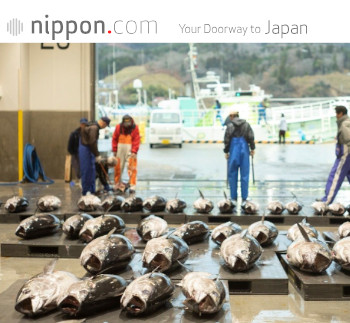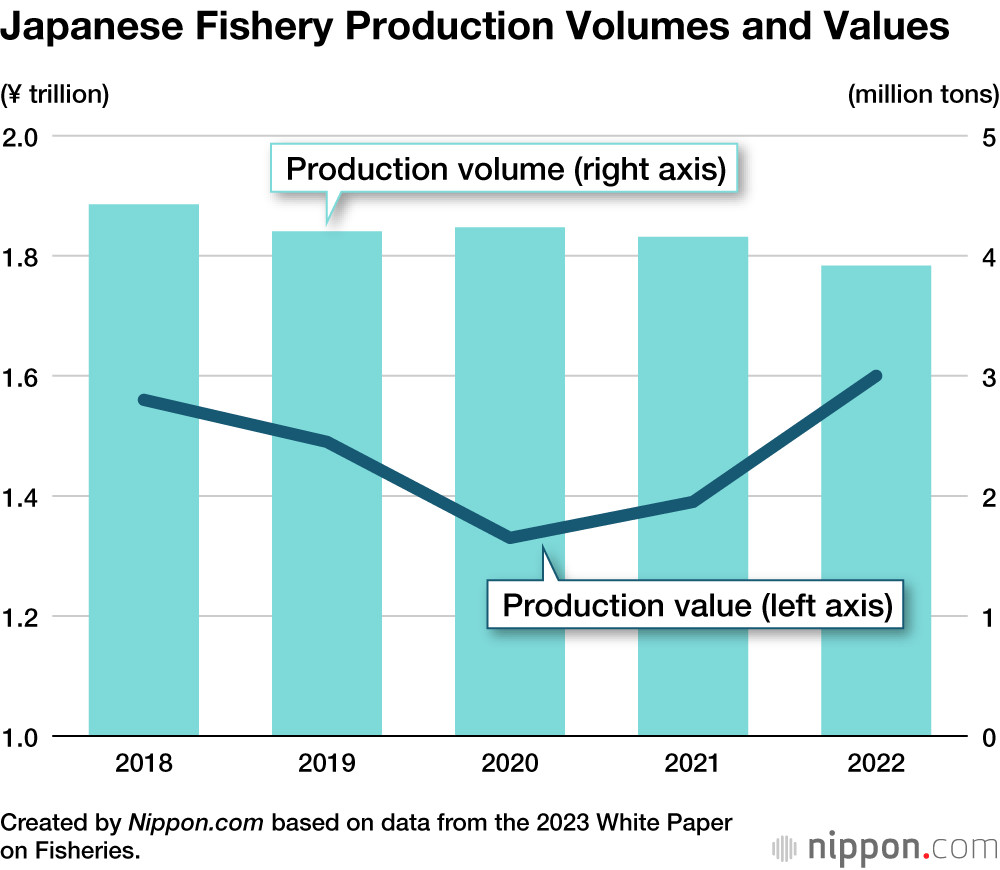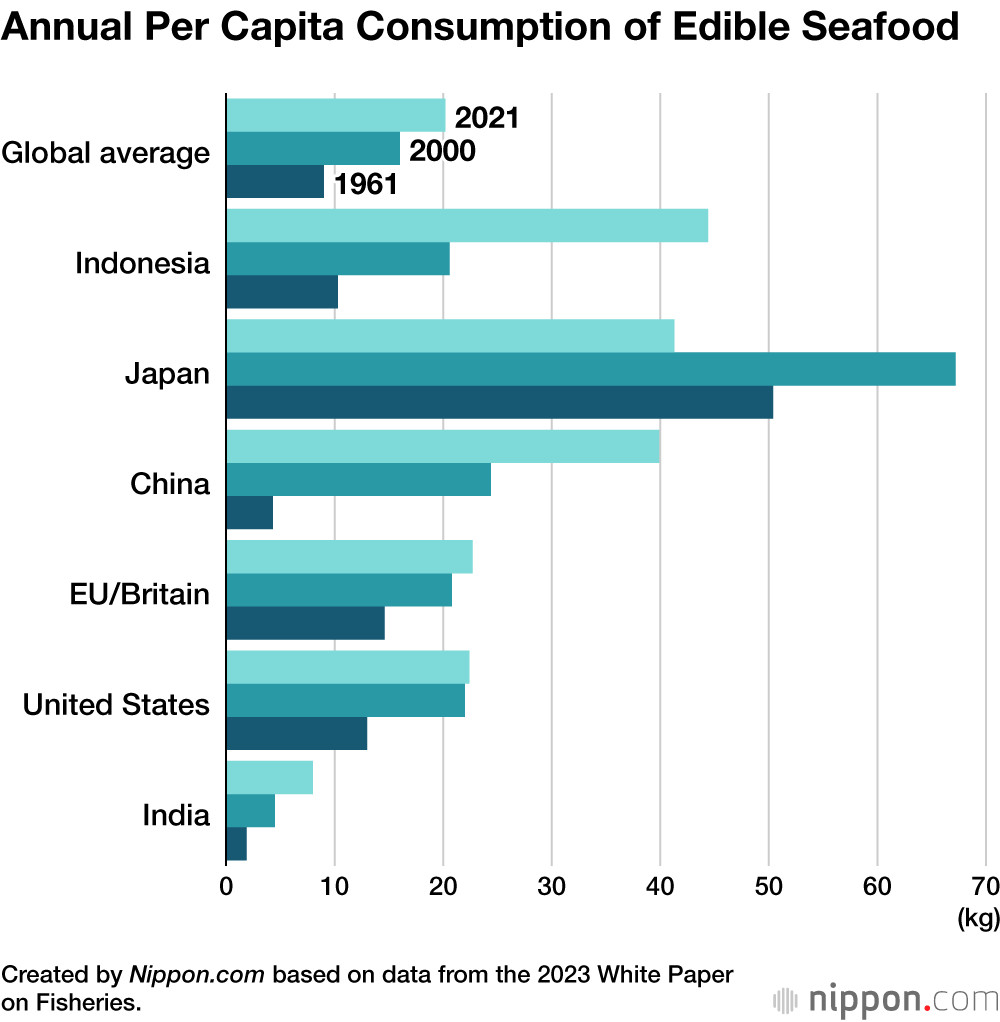|

Image: nippon.com / FIS
Japan’s Marine Product Imports Exceed Domestic Production
 JAPAN
JAPAN
Tuesday, July 23, 2024, 07:00 (GMT + 9)
The following is an excerpt from an article published by nippon.com:
Japan’s fishing industry is not the force that it once was, and in 2022 the country imported marine products worth ¥2 trillion (USD 14.29 B), which exceeded the domestic production value of ¥1.6 trillion (USD 11.2 B).
According to the recently published 2023 White Paper on Fisheries, in 2022, Japan’s fishing industry and aquaculture production volume was 3.9 million tons, down 24,000 tons (5.8%) from the previous year due to poor catches of fish, including bonito and mackerel. The production value though increased by 14.8% year-on-year to ¥1.6 trillion because of the soaring prices for fish.

At the same time, in 2022 there was a sharp increase in the value of marine product imports from overseas to ¥2.1 trillion. This far exceeded the domestic production value. In 2023, the import value fell by 2.7% year-on-year to a still high ¥2.0 trillion.
Japan’s self-sufficiency rate for edible seafood was approximately 56% in 2022. This rate has been on a long-term downward trajectory since peaking at 113% in fiscal 1964.
Over the past decade the number of people working in the fishing and aquaculture industries has declined by more than 30%, dropping from 180,000 in 2013 to 123,000 in 2022.

Meanwhile, the 2022 production output and production value by type of fish in the domestic fishing and aquaculture industries showed that tuna fishing and buri (yellowtail) aquaculture came joint top with ¥139 billion each. This was followed by eel aquaculture with ¥89 billion, scallop fishing at ¥88 billion, and nori seaweed aquaculture at ¥83 billion.
The top three import values by type of fish, again in 2022, were salmon/trout at ¥278 billion, bonito/tuna at ¥232 billion, and shrimp at ¥221 billion. The countries with the highest import value were China, Chile, and the United States. Japan mainly imported eel and squid from China, and salmon and trout from Chile. [Continues...]
Source: nippon.com | Read the article in full by clicking the link here
editorial@seafood.media
www.seafood.media
|



